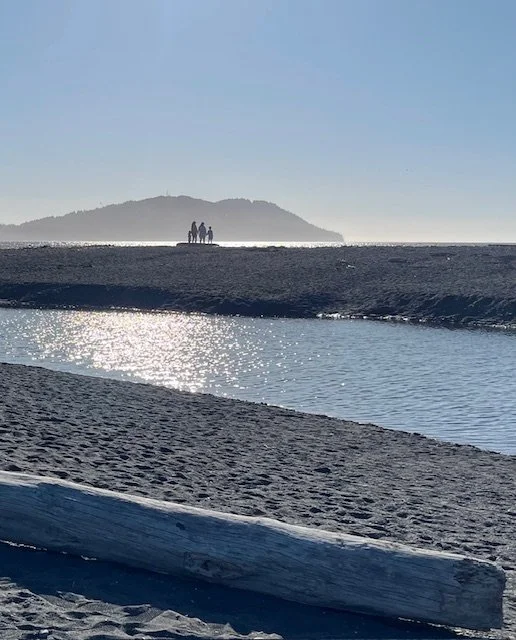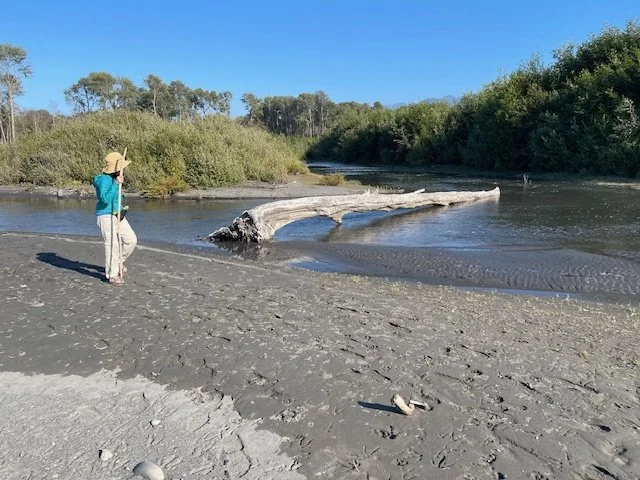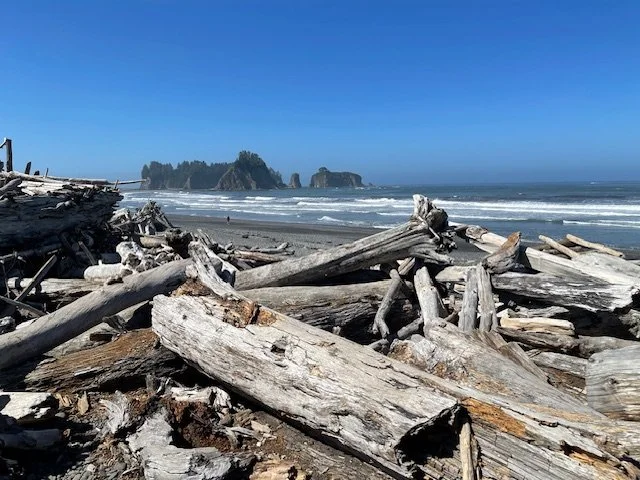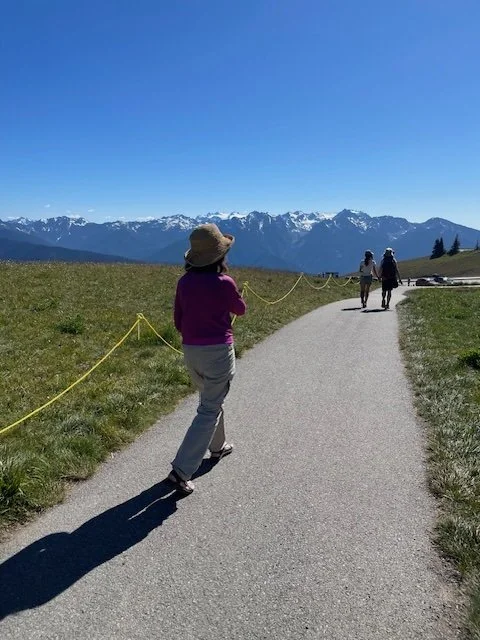Olympic National Park










Where Rainforest, Mountains & Coastline Collide
From the moment we set out in the morning, Olympic National Park felt like a gateway to a different world. The drive itself was beautiful—winding through forested roads and scenic byways until we reached Coupeville, where we caught a ferry across the water. We were lucky: the next boat had space for us, and just like that, we were crossing into the Olympic Peninsula, ready for the next chapter of our journey.
Olympic is unlike any other national park in the U.S.—a place where three dramatically different ecosystems exist side by side. Towering mountain ranges, moss-covered rainforests, and wild, rocky coastlines all converge within one protected space. It’s this natural diversity that makes Olympic so unforgettable—you can hike through alpine meadows in the morning, explore a temperate rainforest by afternoon, and watch the sun set over the Pacific Ocean that same evening.
We checked in at our campground, then stopped by the visitor center to get oriented. From there, we drove the scenic route to the Sol Duc Valley, where we hiked to Sol Duc Falls, one of the park’s most iconic waterfalls. Surrounded by old-growth forest and the scent of damp earth, the trail felt like a gentle immersion into Olympic’s lush, living world. We continued up the trail toward Deer Lake, but as daylight started to fade, we decided to turn back—one of those quiet choices that reminded us this trip was about being present, not pushing too hard.
The next day began with a visit to Salt Creek Recreation Area, where we took in expansive views of the strait and explored the nearby trails. From there, we made our way to Merriman Falls, nestled in a forest so green and misty it felt almost enchanted. Short, easy to reach, and yet stunning—another reminder that beauty doesn’t have to require a long hike.
In the morning, we set out early to see the rugged Pacific coast at Rialto Beach, where giant driftwood logs line the shore and sea stacks rise dramatically from the waves. Afterward, we planned to visit the Hoh Rainforest, but the line at the entrance stretched so long it would have taken hours to get in. Instead of waiting, we followed our instincts and headed back toward our campground—and it turned out to be the right decision.
We discovered the mouth of the Elwha River, where the freshwater meets the sea, and found a quiet, open space with views that felt untouched and sacred. The air was salty, the breeze soft, and the water shimmered in the late-afternoon light. It was one of the most peaceful, grounding moments of our entire trip.
On our way to Mount Rainier National Park, we made one last stop at Ruby Beach, a perfect send-off with its dramatic coastline and sea-carved rock formations. We walked slowly, soaking in every sound and texture, knowing we were nearing the end of this chapter.
Though our time in Olympic felt rushed in some ways, we left with a deep appreciation for its quiet majesty. If we could return, we’d spend more time near the Elwha River and the coast—less on the move, more rooted in one place. Still, we’re grateful for every glimpse we had of this hidden gem: a wild, diverse, and soul-stirring place where nature truly shows off its most vivid palette.